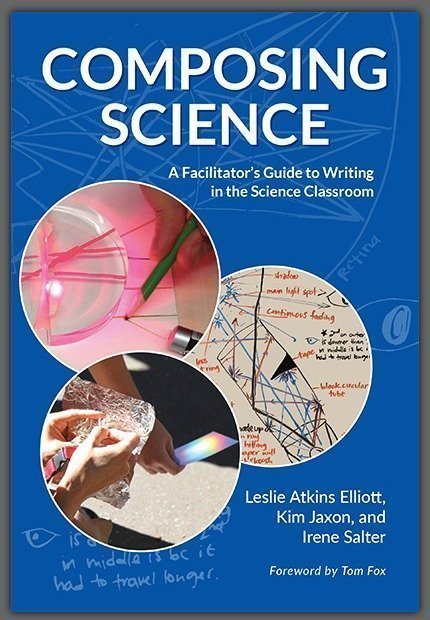
Featured Blogger: Lee Verrall
John Szwed’s “Ethnography of Literacy” (1980) poses an interesting take on the idea of literacy, suggesting that it may be a more flexible term than many think at first. He states, “Conventional thinking about reading and writing far too often uses a much-out-dated model of literacy…” (425). He means that we are excluding so many types of literacy by condemning society to putting extreme emphasis on being able to read, write, and comprehend writing at a high level. This narrows down drastically the wide channel of literacy into such a small stream. For kids being taught in schools, there are often three types of learning that categorize the children: visual, auditory, or kinesthetic. A student could be strong in any or all of these categories, but how and what they are taught can affect the way in which they are most literate. For example, a mechanic could function very highly in his work environment as someone who learns well using their hands and watching their progress, but he might encounter difficulties when it comes to spelling or using a computer. People’s strengths vary across the board and everyone has different innate abilities.
Another conventional way of thinking about literacy that is perpetuated is to view one as either literate or not, with no in between. But perhaps it is the environment and situation that determine one’s literacy. In a auto body shop the mechanic might be very adept at understanding what is in front of him and able to comprehend at a high level the graphs and diagrams he reads, whereas a librarian might struggle in the mechanic’s shoes. Due to his experiences and knowledge, the mechanic is able to function at a higher level of literacy. Szwed reveals that he is enticed by the idea of “literacy-cycles,” which are “variations in abilities and activities that are conditioned by one’s stage and position in life.” He promotes the concept of many literacies existing for many people all at the same time, even if raised in the same place, or if they are the same age, or the same ethnicity. He dubs it a “plurality of literacies” that exist in the modern world. Literacy is not black and white, it would seem.
It can be argued that literacy cannot be measured to any direct degree, and also that there is no true standard rate for how literacy is developed. A Spanish speaker is literate in places a speaker of Chinese would not be. And people learn at different rates but might be on the same level later in life. Even countries define what it means to be literate in different ways. According to UNESCO’s article “Defining Literacy,” India defines the idea as one’s ability to read and write at all regardless of ability beyond the most rudimentary. Israel interprets it as “the ability to acquire the essential knowledge and skill to be able to participate.” Here it is not even thought of as necessary to actually read and write, but you must possess the ability to learn.
The answer to the question “what does it mean to be literate?” is best answered by more questions. It is not easy to answer and requires much thought about the world we live in today. Where would we be most literate and where would our skills be reduced to the point that we were unable to function? Literacy isn’t just this thing you can get and never lose once you have. It comes with some situations easily for one person but harder for the next. There are many languages we comprehend and communicate through everyday without realizing it: using body language to convey a mood or by reading code on a computer. Perhaps it is time that we lend both ears to Szwed’s call to action from over 25 years ago, a call for a more refined and in depth look into the way we define literacy. Then, maybe we can start to alter the ways we think about being literate in this world.
Author Bio: Lee Verrall is an English major at Chico State.

 Website:
Website: